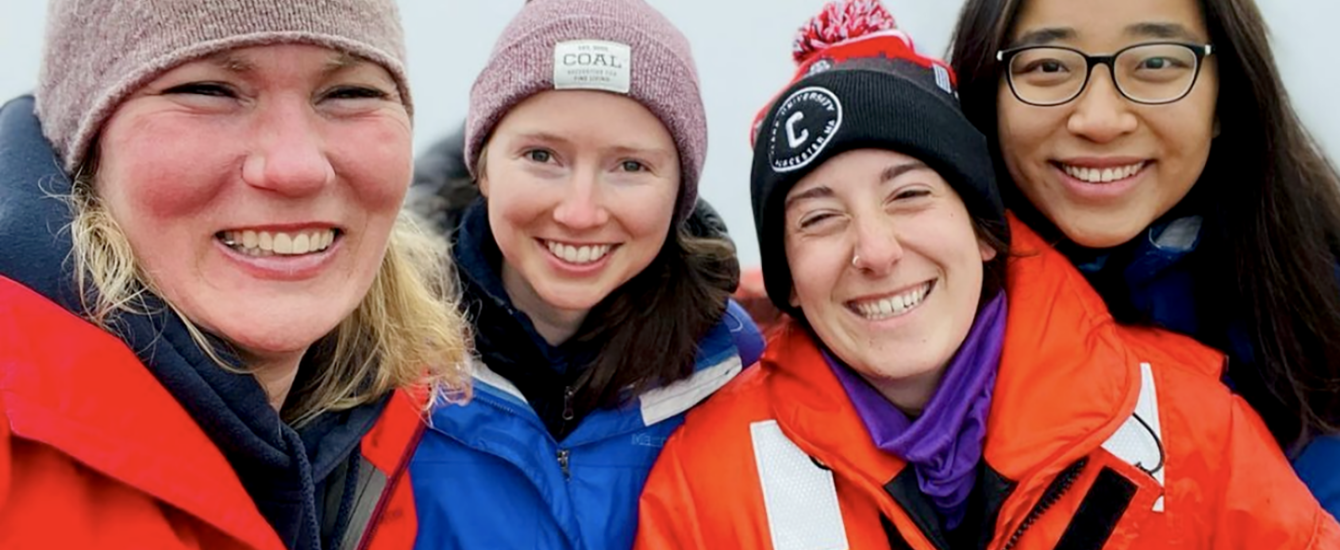Seasonal sea ice in the Pacific Arctic region has declined significantly, with large portions of this region becoming ice-free by mid-summer. This Pacific Arctic sector is also among the most biologically productive marine ecosystems in the world and acts as an important sink and perhaps seasonal source of carbon. Although sea ice is a dominant feature in these shelf environments at high-latitudes, we are only beginning to understand how changes in sea ice cover (through its influence on light, seawater temperature, salinity, and nutrient availability) will specifically affect ecosystems in these regions. Marsh Institute Researcher Karen Frey (Geography) recently received funding from the National Science Foundation to measure light transmittance through the upper ocean water column across a continental shelf gradient during the Synoptic Arctic Survey cruise to the central Arctic Ocean in the fall of 2022. The project Impacts of Increased Light Transmittance on Ocean Heating, Primary Productivity, and Carbon Cycling Across a Pacific Arctic Continental Shelf Gradient will test the hypothesis that light transmittance increases with declines in sea ice cover and varies with light absorbing impurities in the water column.
For full project descriptions, see the Marsh Institute Research Projects web page.

